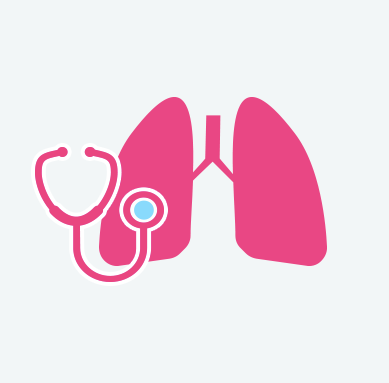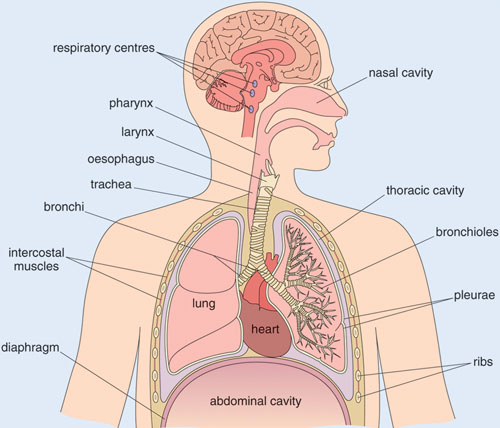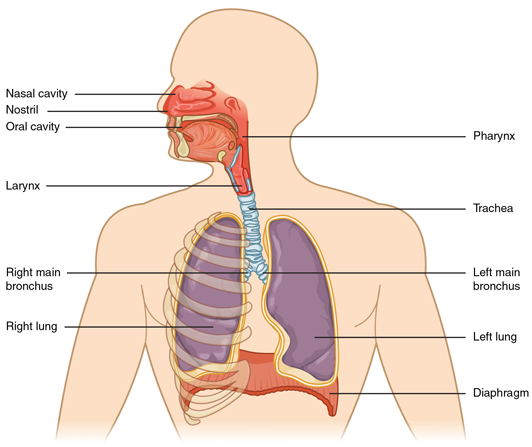We breathe 25000 times a day and inhale about 11000 litres of air per day using our Lungs.
It it important to care for our Lungs for a good healthy life.
Lungs as we know are the primary organs for respiration in human beings. They work tirelessly to supply oxygen to our body and expel carbon dioxide from the body. Breathing also assists in our ability to speak and sing.
Lung Capacity i.e. the volume of gas within the lungs at the maximal inspiration (breathing in) is known to directly impact health, stamina and longevity of life.






